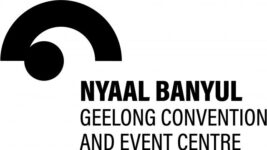ROAD TEST
28 Jul 2025
Shure Axient Digital PSM and the WMAS Revolution
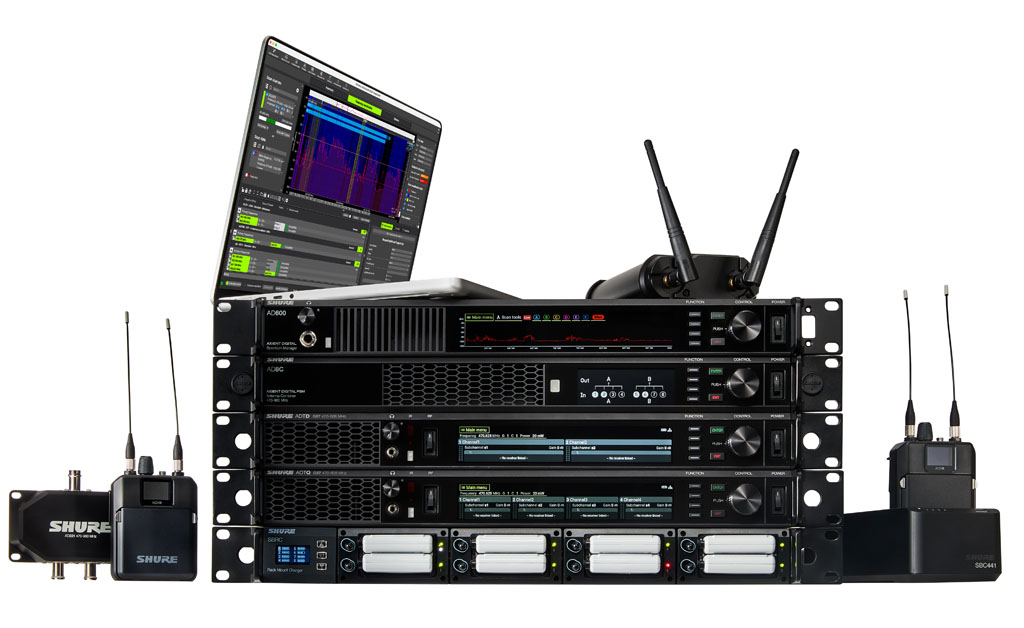
Subscribe to CX E-News
Shure Axient Digital PSM is one of only two products now to market (the other being Sennheiser’s Spectera) that utilises WMAS (Wireless Multi-Channel Audio Systems) technology. WMAS represents a generational change in how wireless audio is managed, transmitted, and received. WMAS equipment operates in wide blocks of spectrum, typically the same bandwidth as a broadcast television signal, and digitally manages channel assignments and intermodulation frequencies within it, enabling up to 64 channels of bidirectional audio and control signal.
Shure’s AD PSM is an in-ear monitoring system that utliises WMAS. It can use up to 184MHz of tuning bandwidth, providing up to 17 channels over 6MHz, or 23 channels over 8MHz of TV band in Standard Mode; and up to 47 channels over 6MHz or 63 channels over 8MHz High Density Mode. Other operating modes include Quadversity, combining four antennas for extended coverage, and selectable transmission modes and power levels to enable optimum range and audio quality.
Shure’s optional ShowLink control hardware works with AD PSM to give engineers comprehensive real-time remote control of all transmitter parameters using a 2.4GHz diversity wireless connection, allowing settings to be changed right from the control booth.
At Production Technologies, we have invested in three ADTQ transmitters, which have four separate radio transmitters. Each radio can transmit four separate stereo channels. At the moment, only one radio is enabled, and the other three will be activated in the future with a firmware update. We’ve also got 12 ADXR bodypack receivers.

We got our first transmitter about two months ago, and the other two transmitters plus the AD8C Axient Digital PSM 8-Port Antenna Combiner quite recently. While we familiarised ourselves with the first transmitter in the warehouse over the last two months, we didn’t really dive deeply into it until a week before the system did its first big, high-profile show in late June. We spent four days building the rack we’d take out, and two days with our staff getting to know the system. We’re very experienced with the existing Axient Digital system, and while there was a little bit of a learning curve, it was quite familiar territory for everyone.
User Interface
I think the user interface on the front panel of the transmitter is brilliant; it’s really quick and easy to navigate. The front panel is a very clever layered system of menus, and Shure have really listened to the feedback of touring techs and people that need to jump into the panel quickly.

In addition, being able to plug in the ADTQ over a network and have Dante signal distribution and Shure’s Wireless Workbench software control work seamlessly is a game changer as far as efficiency on site.
The ADXR belt packs have had a few changes incorporated from their PSM 1000 system predecessors, including the orientation of their infrared sensors. The IR sensor is on the opposite side to the Axient Digital P10R+, so it’s now on the back, which people are going to have to remember for a few months until it gets into their muscle memory, but it’s a much better spot. You’re not opening the belt pack or opening the front flap; it’s a less compromising position and much easier to do quick updates with it. The volume control has a nicer feel to it; it’s much more rugged, so you’re not going to be replacing the caps as often. The antennas also feel more rugged. It’s definitely a much more ‘hardcore’ belt pack and shows that Shure have definitely listened to the market.
The AD610 Diversity ShowLink Access Point is a must-have addition to the system because the remote control, changing frequencies on the go, battery telemetry, and more, is reliant on it. It gives us an amazing array of capabilities. Even firmware updates are easier; we’re able to do everything remotely, instead of holding the belt pack in front of the transmitter.
The First Gig
Our first gig with Shure Axient Digital PSM was a very high-profile outdoor event in an exposed location in central Sydney with no weather protection. Conditions were not good, and front of house got completely rinsed. It was bucketing down for the three days of loading in, and it cleared up just minutes before the show. We’re always happy to set up in the dry and do a show in the rain, but setting up in the rain and doing show in the dry is not our preference! All of the gear not only survived, but thrived, so we can vouch for Axient Digital PSM’s resilience straight away!
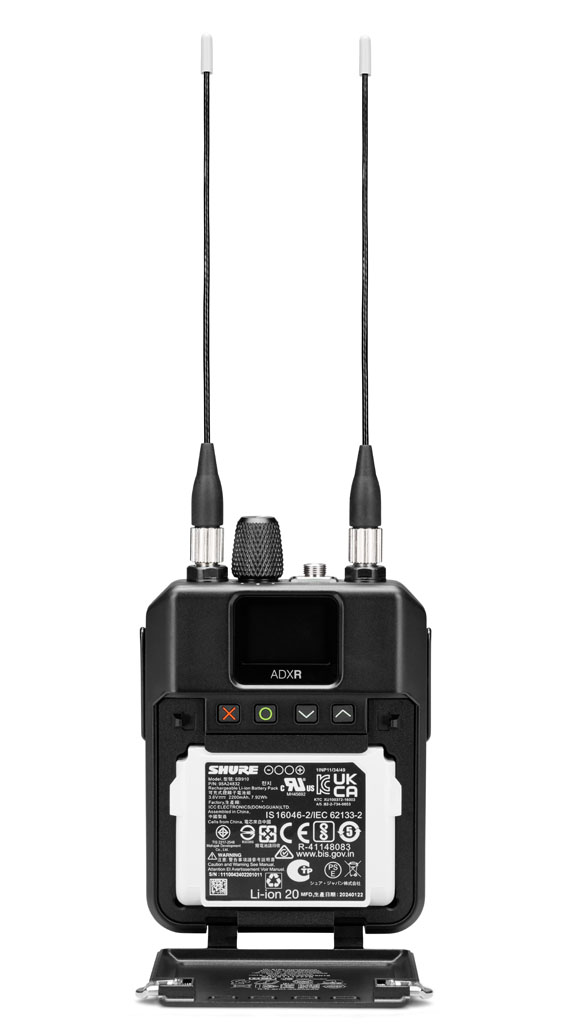
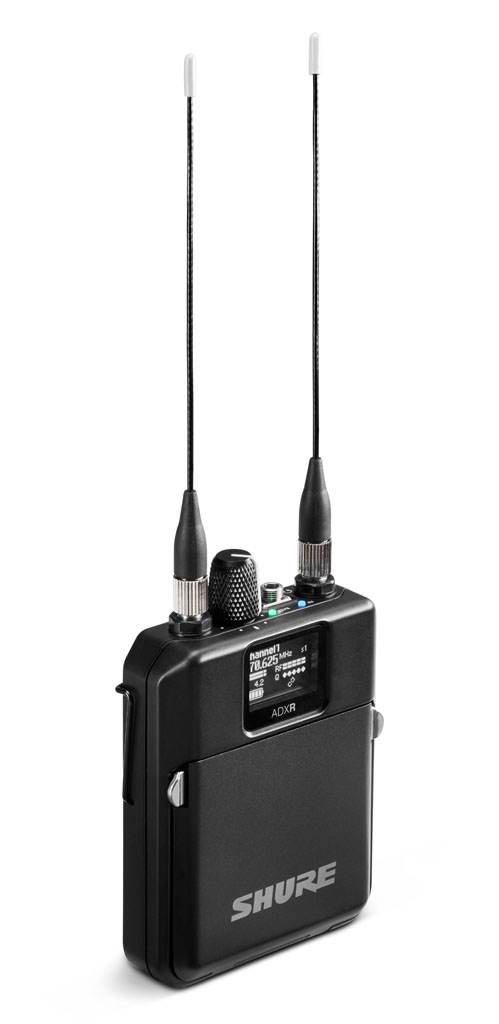
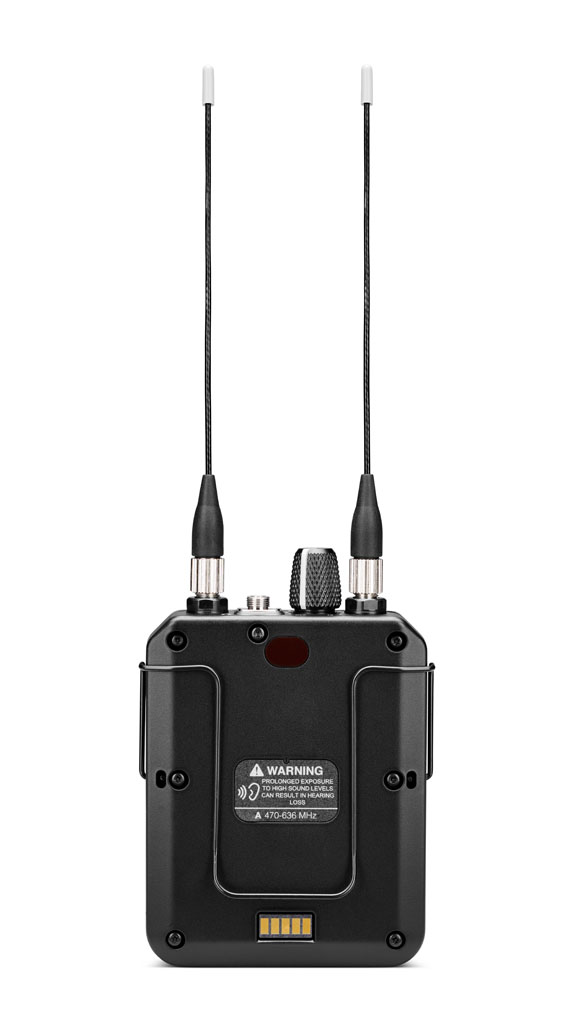
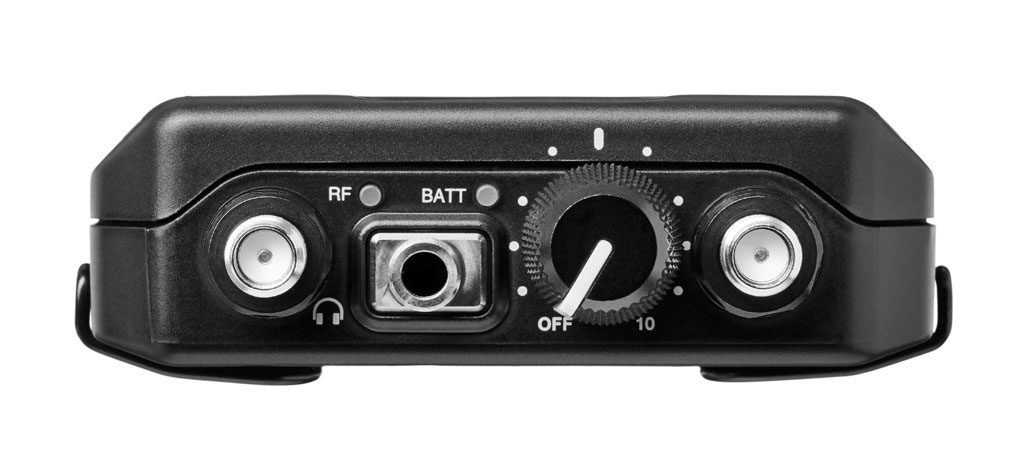
We used our entire AD PSM system; 12 channels of transmit from three ADTQ transmitters and 12 ADXR belt packs. We had a mix of high-profile dignitaries, IFB (interruptible foldback), and then transitions into performances from international acts. Due to the weather, everything was sound checked in a tent without access to the stage. Under these conditions, the ADX PSM proved to be a vital piece of the workflow. The coverage of those units and the RF control is ridiculous. We were getting coverage in green rooms behind concrete walls. In the world of analog IEMs, it wouldn’t have been as easy.
The stage was 40 metres away from front of house, but we had to set up a temporary waterproof structure around the corner of a building, which was definitely not line of sight to the transmitters at FoH, and was a good 60 or 70 metres away. We accomplished this without even having to change the transmitters into long range or extra power mode.
RF Environment
Being central Sydney, there was quite a lot of environmental RF. In addition to the AD PSM system, we were running 16 channels of our own Axient Digital wireless microphones, and there were eight channels of guest RF. Using Shure’s Wireless Workbench software, AD PSM analysed the spectrum, found a space for itself, and just worked. It managed itself from there with absolutely no problems.
The AD SPM Difference
While it’s an extreme example, at this gig, we were in one of those ugly situations where we were losing power every couple of hours. Everything’s getting wet, and things were failing. To be able to have AD SPM patched into our Dante network, monitor it, and know that things were coming back the way they should be after power outages was invaluable. Just having AD PSM with Dante integrated into the rest of our Axient ecosystem made life a lot easier.
The gig would absolutely have happened with our Axient Digital PSM 1000 system, and they’re still a staple. But I very much appreciated the efficiency of the RF of the AD PSM; we never saw any of the RF compromised in any way. The way the dual antenna distribution works is very smart.
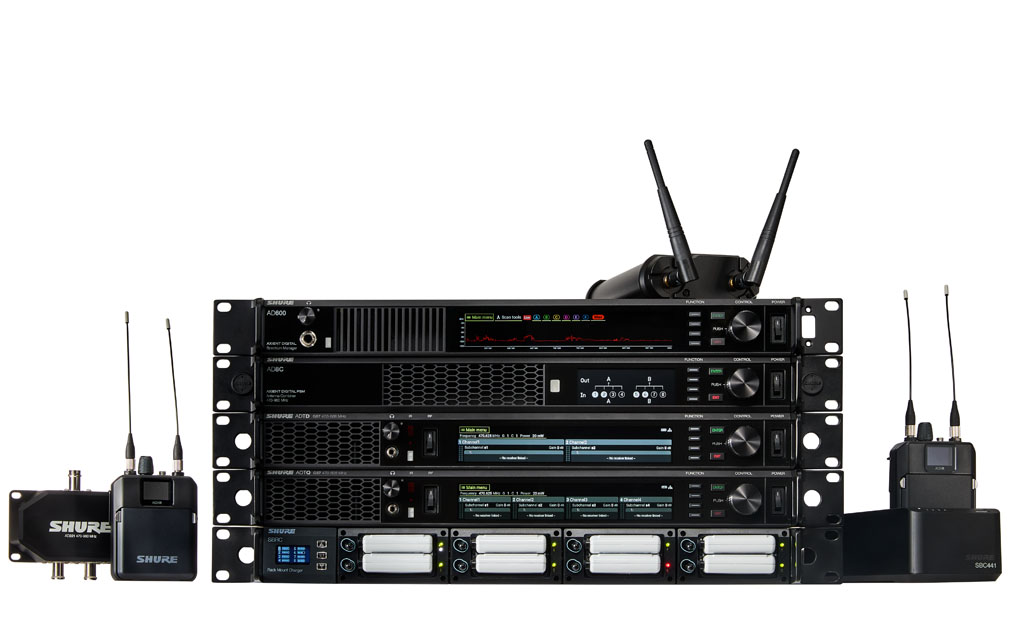
Sound Quality
We had quite a few comments about the sound quality. Everyone was excited to see the new belt packs, even the international touring artists. With all 12 belt packs in Standard Mode, which is digital low latency, we didn’t have any negative comments from performers about latency. We had four guest engineers and our house engineer Trevor Beck, and everyone had a great experience with AD PSM.
But the most important question is; does AD PSM sound good? Yes. Everyone operating on the gig commented about the superior audio quality, and I listened to it critically as well. We all know what PSM 1000s sound like, and I was very impressed. The big standout is that AD PSM sounds a lot less “RF-y”, if that’s a word.
Back Compatibility
On the day, we had one touring act that wanted to use his own PSM 1000s, which we didn’t end up doing, but would have been a very simple thing to implement. It’s this backwards compatibility with AD PSM that’s going to be a market favourite. For production houses and companies like us with existing stock, it means our PSM 1000s are still a usable product for another five to 10 years. I think that’s a remarkable move on Shure’s part.
Product Info: www.shure.com
Distributor Australia: www.jands.com.au
Distributor New Zealand: nsl.co.nz
The Specs
ADTQ – Axient Digital PSM Wireless Quad Transmitter
- Scalable channel count (available in planned firmware update)
- Multichannel wideband RF
- Spatial diversity transmission
- ShowLink remote control
- Networkable monitoring with Wireless Workbench
- Analog and digital (AES3, AES67, Dante) inputs
- Internal antenna combining
ADXR – Axient Digital PSM Wireless Bodypack Receiver
- ShowLink real-time remote control of all ADXR bodypack wireless receiver parameters
- True Digital Diversity reception combines two discrete RF signals
- >110dB of stereo separation
- Wide tuning range
- CueMode with encryption supports monitoring of different stage mixes and storing of up to 64 separate channels on one bodypack
- Durable, moisture-resistant design with lightweight hybrid aluminum/polymer enclosure
- Threaded headphone connector for added protection against sweat and moisture
- External charging contacts for convenient docked charging
- Includes 2 x SB910 lithium-ion rechargeable batteries
Nick Macfie started Production Technologies fresh out of the Australian Institute of Music 23 years ago with Ricki Cook. Focused on audio only in the beginning, Ricki Cook departed 10 years in, but still maintains a close relationship with the business. Production Technologies evolved to embrace technical direction and production management. They now stock high-end control systems across RF, audio, video, lighting, and communications, deployed for their use only, serving special events, broadcast, and corporate.
Subscribe
Published monthly since 1991, our famous AV industry magazine is free for download or pay for print. Subscribers also receive CX News, our free weekly email with the latest industry news and jobs.




